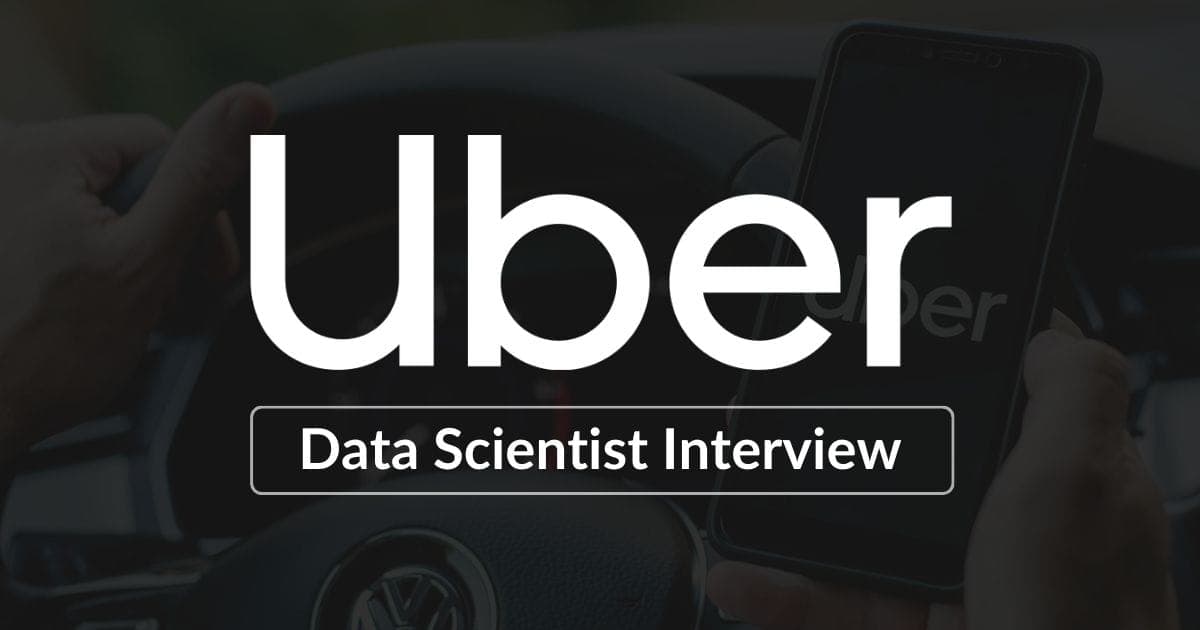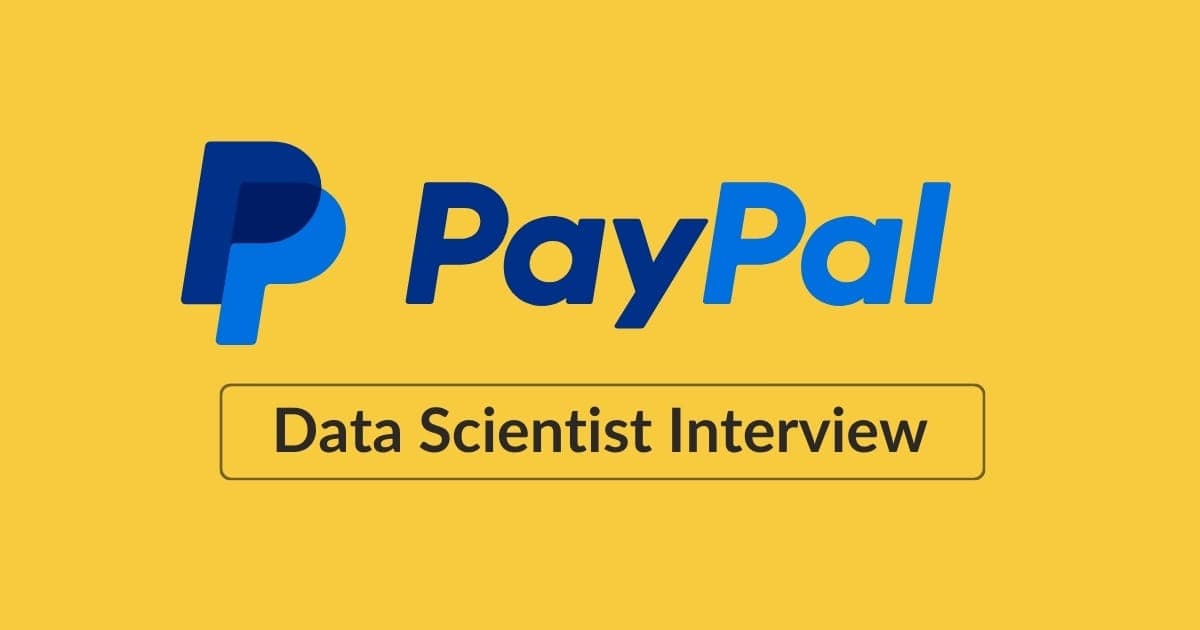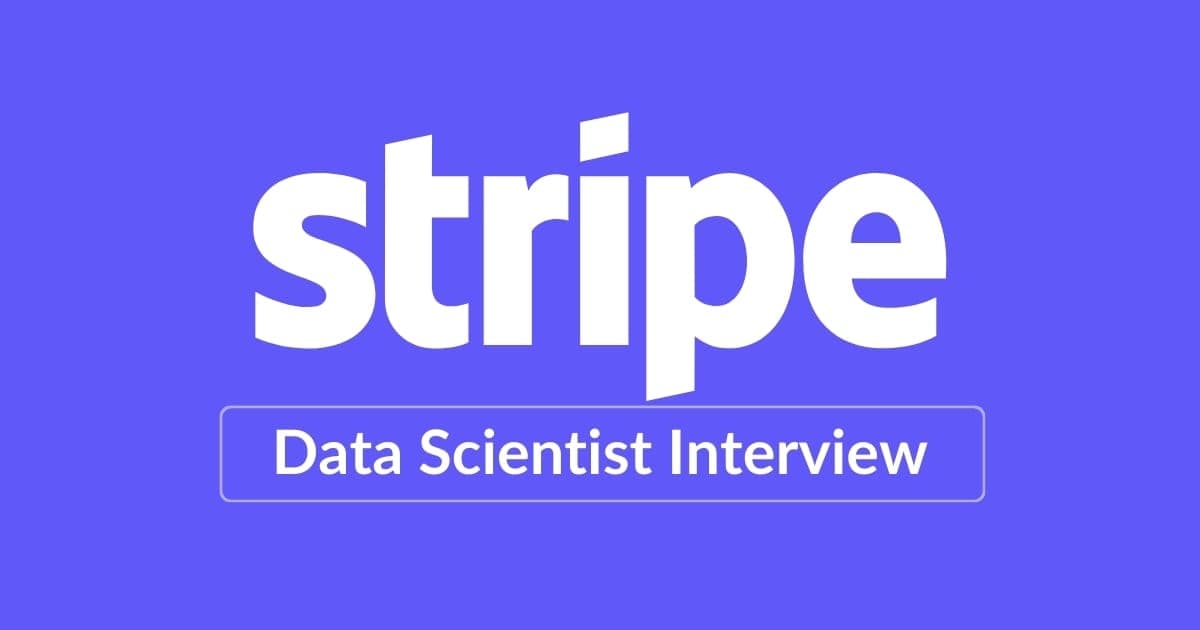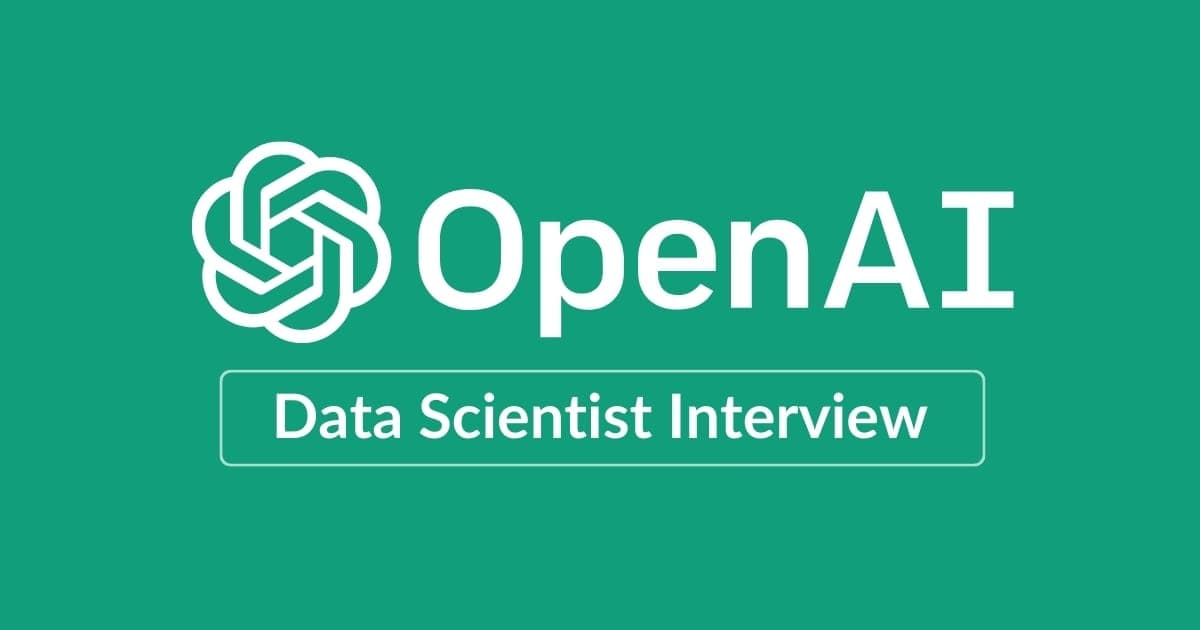Are you gearing up for a Data Scientist interview at Uber? This comprehensive guide will walk you through the interview process, key focus areas, and tips to help you excel. Whether you're an experienced data professional or just starting your journey, understanding Uber's interview structure can give you a significant advantage.
1. Uber Data Scientist Job
1.1 Role Overview
At Uber, Data Scientists play a critical role in driving innovation and enhancing customer experiences through data-driven insights. This role combines analytical thinking, technical expertise, and business acumen to tackle complex challenges and create impactful solutions. Collaborating with cross-functional teams, you’ll design experiments, develop models, and provide insights that inform strategic decisions.
Key Responsibilities:
- Design and analyze experiments (e.g., A/B testing) to improve products and features.
- Develop predictive models and algorithms to optimize Uber’s operations.
- Deliver actionable insights to drive business growth and efficiency.
- Create data dashboards and tools to democratize access to information.
- Collaborate with engineering teams to enhance data quality and instrumentation.
Skills and Qualifications:
- Proficiency in SQL, Python, or R.
- Strong expertise in statistics, experimental design, and causal inference.
- Experience with large datasets and data visualization tools like Tableau, Mixpanel, or Looker.
- Advanced degrees (Master’s or PhD) in a quantitative field are preferred but not required.
- Excellent storytelling and communication skills to distill insights into compelling narratives.
1.2 Compensation and Benefits
Uber offers competitive compensation packages that include base salary, stock options, and performance bonuses. Here's an example breakdown:
| Level Name | Total Compensation | Base Salary | Stock (/yr) | Bonus |
|---|---|---|---|---|
| Data Scientist I (Level 3) | $167K | $138K | $20K | $9.3K |
| Data Scientist II (Level 4) | $265K | $162K | $80.4K | $22.7K |
| Senior Data Scientist I (Level 5a) | $340K | $189K | $124K | $26.8K |
| Senior Data Scientist II (Level 5b) | $467K | $210K | $229K | $28K |
Tips for Negotiation:
- Research competitive benchmarks for data scientist roles in your location.
- Highlight unique skills, such as domain expertise or leadership experience, that align with Uber's mission and needs.
- Be open to discussing total compensation, including stock options and bonuses, in addition to base salary.
Uber’s compensation structure is designed to reward high performance and attract top talent. For more information, visit Uber’s careers page.
2. Interview Process and Timeline
Average timeline: 4-6 weeks
2.1 Resume Screen (1-2 Weeks)
The first step in Uber's interview process is a resume review. Recruiters assess your experience, ensuring it aligns with the position's requirements. This stage is competitive, so crafting a standout resume is essential.
What Uber looks for:
- Strong analytical and quantitative skills.
- Proficiency in SQL, Python, R, and data visualization tools like Tableau or Looker.
- Experience in statistical analysis, including experimental design and A/B testing.
- Strong storytelling abilities to distill insights into business-impacting narratives.
Tips for success:
- Highlight your work with large datasets and your ability to derive actionable insights.
- Include projects involving experimentation or predictive modeling.
- Use keywords like "SQL," "statistical analysis," and "data storytelling."
- Tailor your resume to showcase your problem-solving and collaboration skills.
2.2 Recruiter Phone Screen (20-30 Minutes)
This initial call with a recruiter focuses on your background, skills, and fit for the Data Scientist role. Expect to discuss your experience with data tools, statistical methods, and driving business decisions using analytics.
Example questions:
- Can you share an example of a project where you used data to solve a business problem?
- How do you approach solving ambiguous problems with incomplete data?
- What tools do you use for analytics, and how proficient are you with them?
*For more tips on crafting a standout resume, check out our Data Science Interview Questions page.
2.3 Technical Screen (45-60 Minutes)
This stage involves solving real-world data problems through SQL, Python, or R and tackling a product case analysis. Conducted by a senior team member, this round evaluates your technical skills and product sense. Note that the interview is usually on an interactive coding pad like CodeSignal or CoderPad.
Focus areas:
- SQL: Write queries involving joins, aggregations, subqueries, and window functions.
- Product case analysis: Use data to generate actionable insights and recommendations.
Preparation tips:
- Practice SQL problems without external resources, as this is a live coding session.
- Familiarize yourself with Uber's business model to effectively tackle product cases.
- Highlight your problem-solving process and insights-driven approach.
For targeted guidance, consider 1:1 coaching.
2.4 Onsite Interviews (3-5 Hours)
The onsite interview typically involves 4-6 rounds with data scientists, managers, and cross-functional partners. Each round assesses specific skills:
Key components:
- SQL/Coding Challenges: Live coding exercises to evaluate your ability to manipulate and analyze data.
- Real-World Data Problems: Solve complex, data-driven business challenges. This may involve either machine learning exercise or solving a statistical analysis case involving a regression model or A/B testing.
- Product Cases: Present solutions to ambiguous scenarios, demonstrating your analytical thinking. Expect questions on metric defining, metric investigation, opportunity sizing, A/B testing and causal inference.
- Behavioral Interviews: Discuss past experiences to highlight adaptability and collaboration skills.
Preparation tips:
- Understand Uber’s products and services in depth.
- Practice SQL in a live coding environment.
- Be ready to explain your thought process and provide actionable insights from data.
- Align your responses with Uber's mission and values.
3. Interview Questions
3.1 Product Case Questions
- What metrics would you track to evaluate the success of Uber’s new ride-pooling feature?
- How would you design an experiment to test the impact of surge pricing on customer demand?
- What data would you analyze to understand driver churn, and what solutions would you propose?
- If Uber wanted to expand into a new city, what factors would you consider to assess potential profitability?
- How would you approach identifying and implementing changes to reduce customer wait times?
3.2 Machine Learning Questions
- Explain the bias-variance tradeoff and how it applies to building models at Uber.
- How would you design a predictive model for ride ETAs, and what features would you prioritize?
- What is cross-validation, and why is it critical for model evaluation?
- Describe how you would build a model to identify fraudulent rides.
- How would you handle class imbalance in a dataset when building a classification model?
3.4 SQL Questions
SQL questions assess your ability to manipulate and analyze data using complex queries.
Below are example tables Uber might use during the SQL round of the interview:
RIDES Table:
| RideID | CustomerID | DriverID | City | RideTime | Fare | Status |
|---|---|---|---|---|---|---|
| 1 | 101 | 201 | San Francisco | 2024-12-20 08:30:00 | 25.00 | Completed |
| 2 | 102 | NULL | Oakland | 2024-12-20 10:00:00 | NULL | Cancelled |
| 3 | 103 | 202 | San Francisco | 2024-12-20 09:15:00 | 15.00 | Completed |
CUSTOMERS Table:
| CustomerID | Name | City | JoinDate |
|---|---|---|---|
| 101 | Alice Wong | San Francisco | 2023-01-10 |
| 102 | Bob Smith | Oakland | 2023-02-15 |
| 103 | Carla Diaz | San Francisco | 2023-03-20 |
DRIVERS Table:
| DriverID | Name | City | JoinDate |
|---|---|---|---|
| 201 | Sam Johnson | San Francisco | 2022-08-01 |
| 202 | Tina Tran | Oakland | 2022-09-15 |
| 203 | Ravi Patel | San Francisco | 2023-01-10 |
Example questions:
- Calculate Average Fare:
Write a query to calculate the average fare for each city, excluding any canceled rides. - Identify Active Drivers:
Write a query to find drivers who completed more than 5 rides in the last month. List their names and the total number of rides they completed. - Customer Analysis:
Write a query to identify customers who joined in 2023 and completed at least 3 rides. Display their names and the number of rides. - Driver Efficiency:
Write a query to find the driver with the shortest average ride time in San Francisco. Include the driver's name and the average ride time in the result. - City Ride Volume:
Write a query to calculate the total number of completed rides for each city. Display the city name and the total number of rides.
Tips:
- Practice writing efficient SQL queries that handle large datasets.
- Focus on joins, aggregations, filtering, and window functions.
- Be prepared to explain your logic and any optimization strategies you employ.
- Try practice questions on SQL Pad for targeted preparation.
3.4 Behavioral Questions
- Describe a time you used data to influence a business decision at a previous job.
- How do you prioritize tasks when working on multiple deadlines?
- Tell me about a time you disagreed with a teammate and how you resolved it.
- Share an example of a project where you had to learn a new technology or skill quickly.
- How do you handle feedback, especially when it’s critical?
4. How to Prepare for the Uber Data Scientist Interview
4.1 Master Uber's Business Model
To excel in product-focused interviews at Uber, it’s essential to understand their diverse business model and the core services they offer. Uber operates across sectors such as ride-hailing, food delivery (Uber Eats), and freight logistics. Familiarize yourself with how these services contribute to Uber’s revenue streams, operational efficiency, and user satisfaction.
Understanding the intricacies of how Uber’s ecosystem works will provide valuable context when tackling product and business case questions. For instance, knowing how surge pricing affects revenue or how driver retention impacts ride availability can give you an edge in product-centric discussions.
4.2 Master Uber's Product Metrics
In addition to grasping Uber's business model, it’s vital to know the core KPIs that Uber tracks for success. Some of these include:
- Rider Engagement Metrics: Time spent in the app, session frequency, and repeat bookings, which are critical for evaluating user satisfaction and product effectiveness.
- Driver Retention Metrics: Metrics like active drivers, churn rates, and onboarding completion highlight operational efficiency.
- Revenue Metrics: Includes gross bookings, revenue per ride, and customer lifetime value (CLV).
- Delivery Metrics (Uber Eats): Average delivery time, order accuracy, and restaurant churn rates are crucial for the food delivery ecosystem.
- Operational Metrics: Efficiency indicators like ride completion rates, average wait times, and cancellations per city.
Familiarizing yourself with these KPIs will prepare you for questions related to product analysis and decision-making. Master product data science interview with Data Science Interview MasterClass
4.3 Align with Uber's Mission and Values
Showcase Uber's core values during both technical and behavioral interviews.
- Uber’s Mission: “To ignite opportunity by setting the world in motion.”
- Core Values: Customer obsession, bold innovation, and data-driven decision-making. Uber emphasizes collaboration, operational excellence, and creating positive global impact.
Showcase Your Fit: Before your interview, reflect on your experiences and prepare examples that align with Uber’s mission and values. Demonstrating times when you leveraged data to innovate, improved user experiences, or worked effectively with a team will help you answer behavioral questions with authenticity and showcase your cultural fit.
4.4 Strengthen Your SQL and Coding Skills
Technical rigor is a hallmark of Uber’s Data Scientist interviews, making SQL and coding proficiency essential. Brush up on SQL fundamentals, with a focus on:
- Joins (INNER, OUTER, LEFT, RIGHT)
- Aggregations (SUM, COUNT, AVG, GROUP BY)
- Window Functions (RANK, DENSE RANK, ROW_NUMBER)
- Subqueries and Common Table Expressions (CTEs)
Practice coding questions that involve real-world data analysis scenarios. Use platforms such as LeetCode or HackerRank and simulate live coding conditions. Be prepared to explain your thought process and optimization strategies clearly during coding assessments.
4.5 Practice with a Peer or Interview Coach
Simulating the interview experience with a peer or interview coach can significantly boost your readiness for Uber’s interview process. Practice partners can help mimic real interview conditions, offering constructive feedback on the structure and clarity of your responses.
For tailored, in-depth guidance, consider engaging with professional coaching services at DataInterview.com to fine-tune your answers and receive expert feedback. Practicing in an interview-like environment can build your confidence, enhance communication skills, and help you anticipate potential questions you might face.
5. FAQ
- What is the typical interview process for a Data Scientist at Uber?
The process includes a resume screen, recruiter phone screen, technical interviews, and onsite interviews, typically spanning 4-6 weeks. - What skills are essential for a Data Scientist role at Uber?
Proficiency in SQL, Python, statistical analysis, experimental design, and familiarity with machine learning are crucial. - How can I prepare for the technical interviews?
Practice SQL and coding problems, focus on real-world data challenges, and review statistical and causal inference concepts. - What should I highlight in my resume for Uber?
Emphasize relevant experience, technical skills, and achievements that align with Uber’s business needs and mission. - How does Uber evaluate candidates during interviews?
Candidates are assessed on technical skills, problem-solving abilities, product sense, and cultural fit. - What is Uber's mission?
Uber’s mission is to ignite opportunity by setting the world in motion. - What are the compensation levels for Data Scientists at Uber?
Compensation ranges from $167K to $467K annually, depending on the role and level.



